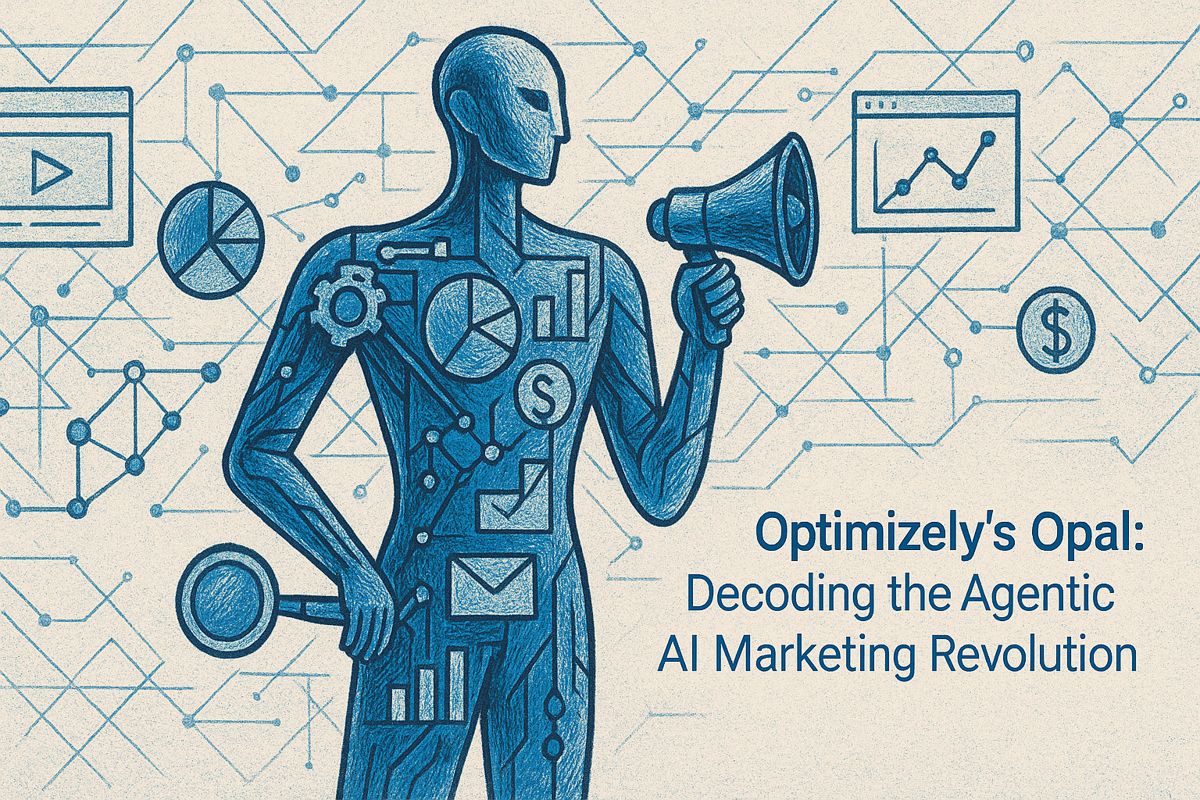Many people in low- and middle-income countries are excited to use AI, but most haven’t tried it yet because they lack good internet, computers, and data in local languages. In richer countries, more people already use AI, but they are less eager than those in poorer places. Some countries, like Indonesia, are changing things by getting big investments in AI and building local projects. If technology gets cheaper and more open, and countries work together, more people everywhere could soon use AI. Still, real progress needs more money and smarter plans, not just hopeful ideas.
Why is AI adoption lower in low- and medium-HDI countries despite high enthusiasm?
AI adoption remains lower in low- and medium-HDI countries mainly due to limited infrastructure, such as scarce cloud access and GPUs, and a lack of multilingual datasets. Despite this, enthusiasm for future AI use is significantly higher, suggesting that investment in infrastructure and local language resources could rapidly close the gap.
Recent United Nations data reveal a striking paradox in the global AI story: while 23.6 percent of people in high-HDI countries already use AI tools in everyday tasks, only 14.4 percent in low- or medium-HDI nations have done so – yet enthusiasm for future adoption is nearly a third higher in the lower-income group. These findings emerge from a 21-country survey of over 21,000 adults commissioned by the UN Development Programme and released in 2025.
Who uses AI today – the hard numbers
| Country income group | Recent AI use (last 6 months) | Expect “more AI use” next year |
|---|---|---|
| Very high HDI (US, EU, Japan, etc.) | 19.0 % | 45.9 % |
| High HDI (China, Brazil, etc.) | 23.6 % | 52 % |
| Low / medium HDI | 14.4 % | 66 % |
Source: UN Development Programme survey, 2024-2025
- Take-away: the gap is not simply about access; it is also about attitude. Two-thirds of respondents in poorer countries expect to increase* AI use next year, yet barely one in seven has actually tried it so far.
Why the enthusiasm gap exists
- Infrastructure constraints remain the largest barrier. Running a frontier model still requires stable cloud access and GPUs, assets that remain scarce in 118 countries largely absent from global AI governance forums, according to UNCTAD.
- Policy uncertainty weighs more heavily on wealthy nations. Citizens in Europe and North America show declining trust in AI companies (global confidence in data protection dropped from 50 % in 2023 to 47 % in 2024), which tempers adoption even when the technology is available.
- Cultural fit and language matter. Open-source models have closed the capability gap with proprietary ones, but most training data are still English-centric, slowing uptake where non-English speakers form the majority.
Early success stories that might change the curve
Indonesia (ranked 110th in GDP per capita) has turned strategic partnerships into measurable progress:
- Microsoft invested USD 1.7 billion in April 2024 to build new cloud and AI infrastructure and to provide AI skilling for 840,000 Indonesians.
- Nvidia co-funded a USD 200 million AI centre in Surakarta, pairing hardware with local language datasets and micro-credential courses.
Both projects are anchored in the country’s “Golden Indonesia 2045” vision, which explicitly links AI to national development targets rather than treating it as an imported product.
Three levers that could shrink the divide in 2025-2026
-
Drop in raw compute prices
Stanford’s 2025 AI Index shows inference costs fell 280-fold between late 2022 and October 2024. If the trend continues, mid-range language models may become affordable to run on edge devices in emerging markets. -
Open-source catch-up
The top open-source model on the LMSYS leaderboard is now within three percent of the leading proprietary system, eroding the advantage once held by a handful of US and Chinese firms. -
Regional governance coalitions
The African Union’s new AI strategy, endorsed in February 2025, allocates a dedicated fund for cross-border data centres and sets continent-wide standards, giving smaller economies collective bargaining power with cloud providers.
What still has to happen
- Compute subsidies: Without subsidised micro-cloud credits, even cheaper models remain out of reach for rural clinics or township schools.
- Multilingual datasets: Only nine of the top 100 AI training corpora contain significant Indonesian, Arabic or Swahili material.
- Risk-sharing funds: The G7’s Hiroshima AI Process created a principles framework, but an implementation facility with hard money is still missing.
For now, the numbers tell a clear story: enthusiasm in the Global South is high, but infrastructure, data and trust deficits keep usage low. Bridging that gap in 2025 will require both cheaper technology and smarter cooperation models that move beyond principles to hard, shared investment.
Why does enthusiasm for AI exceed current usage in the Global South?
People in lower-income countries are more optimistic and plan to increase AI use next year at nearly twice the rate of very-high-income nations (66 % vs 46 %). This optimism is driven by the perception that AI can leapfrog traditional development hurdles in health, education and public services. Yet only 14.4 % of people in low/medium HDI countries have actually used AI recently, compared with 19–24 % in high and very-high HDI countries, highlighting the enthusiasm-infrastructure gap.
Which infrastructure bottlenecks block faster AI adoption?
Reliable electricity, broadband and cloud capacity remain the top three hard constraints. Eight US and Chinese companies still control roughly 80 % of the global cloud market, and only 100 firms account for 40 % of all private AI R&D. Without local data centers and affordable compute, even falling model prices (down 280-fold since late 2022) cannot be fully exploited on the ground.
How do successful emerging economies close readiness gaps despite limited resources?
Indonesia (2024–25) offers a clear playbook:
- $1.7 billion Microsoft investment for cloud, AI infrastructure and 840 000 upskilling slots.
- $200 million Nvidia-Indosat AI center in Surakarta focused on local language models and talent.
- Government alignment with Golden Indonesia 2045 Vision, plus new tertiary AI curricula and regulatory sandboxes.
The programme has already lifted public AI optimism to 80 %, showing how targeted FDI + domestic policy can rapidly convert enthusiasm into capability.
Are current global governance frameworks narrowing or widening the divide?
Frameworks from the UN, OECD, EU and AU have aligned on principles – transparency, safety, capacity-building – but implementation gaps remain wide. A 2024 UN white paper admits that “many developing countries lack institutional capacity and funding”, while 118 Global South countries are still largely absent from global AI governance discussions. Without enforceable financing and tech-transfer mechanisms, fragmented standards could entrench rather than reduce disparities.
What practical steps can decision-makers take right now?
- Map local readiness: Use UNCTAD’s AI-readiness toolkit to audit data, compute and skills gaps.
- Negotiate cloud credits: Follow Indonesia and secure cloud or GPU credits from hyperscalers tied to local skilling targets.
- Embed AI in national curricula: Start with short certificate programmes for civil servants and university lecturers to build immediate capacity.



















